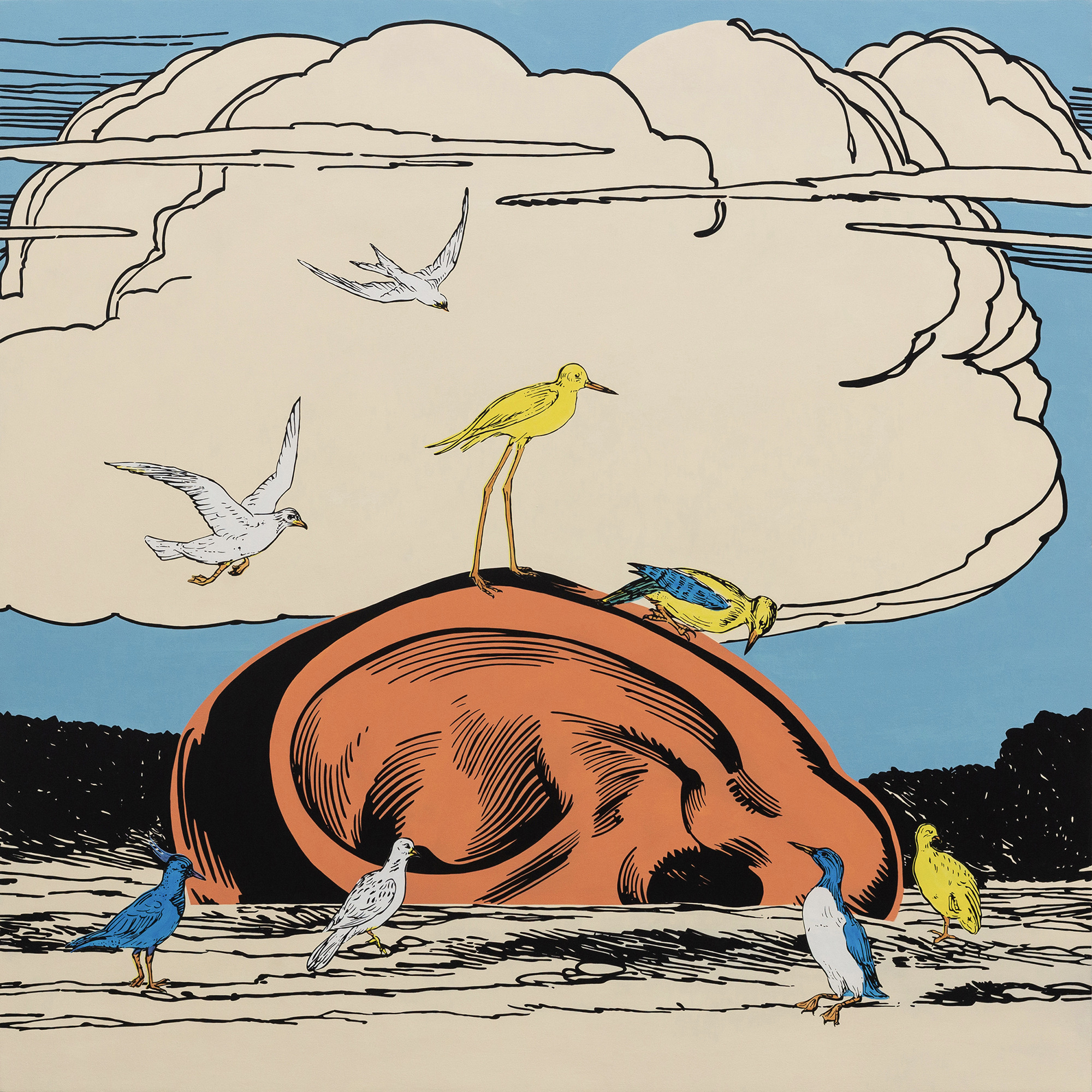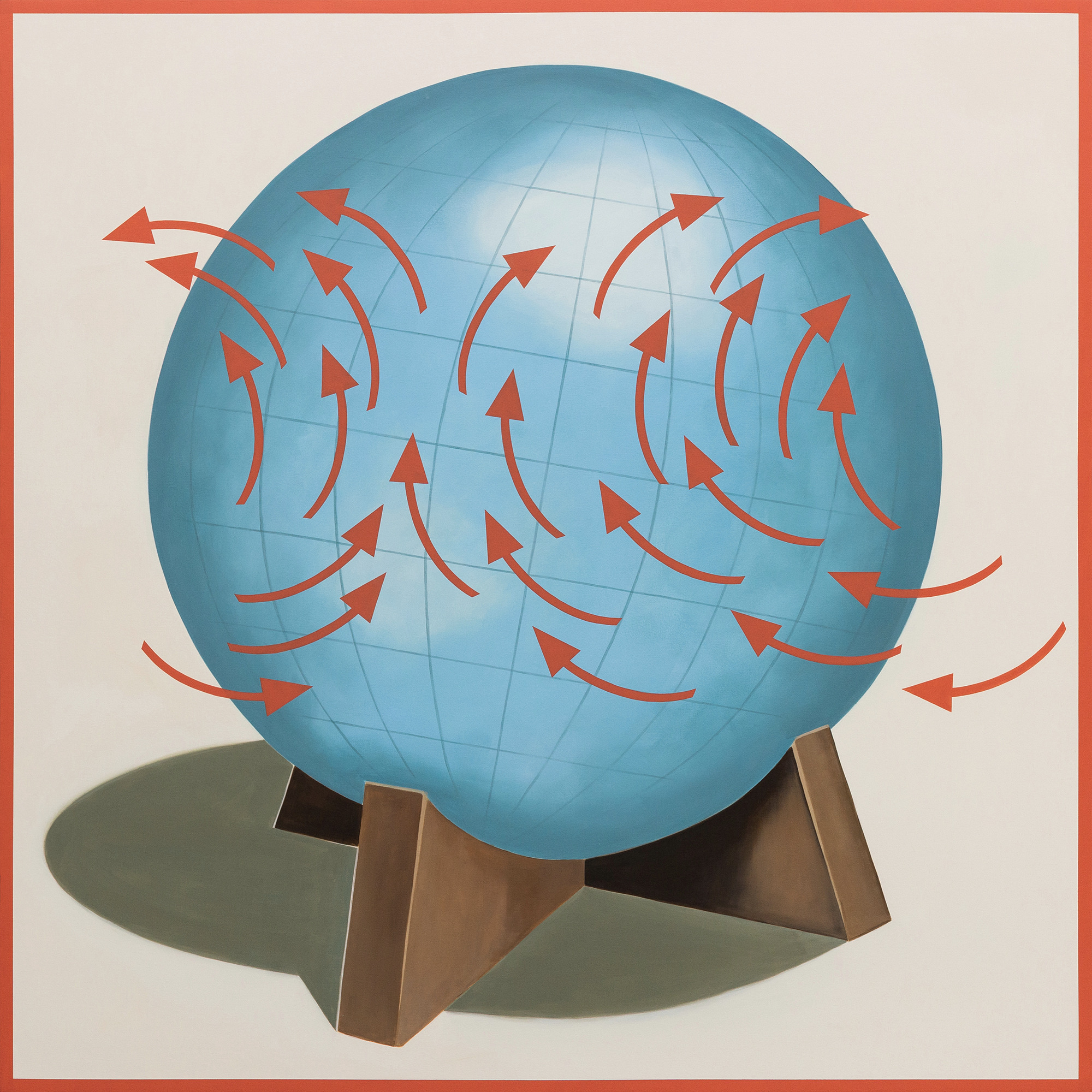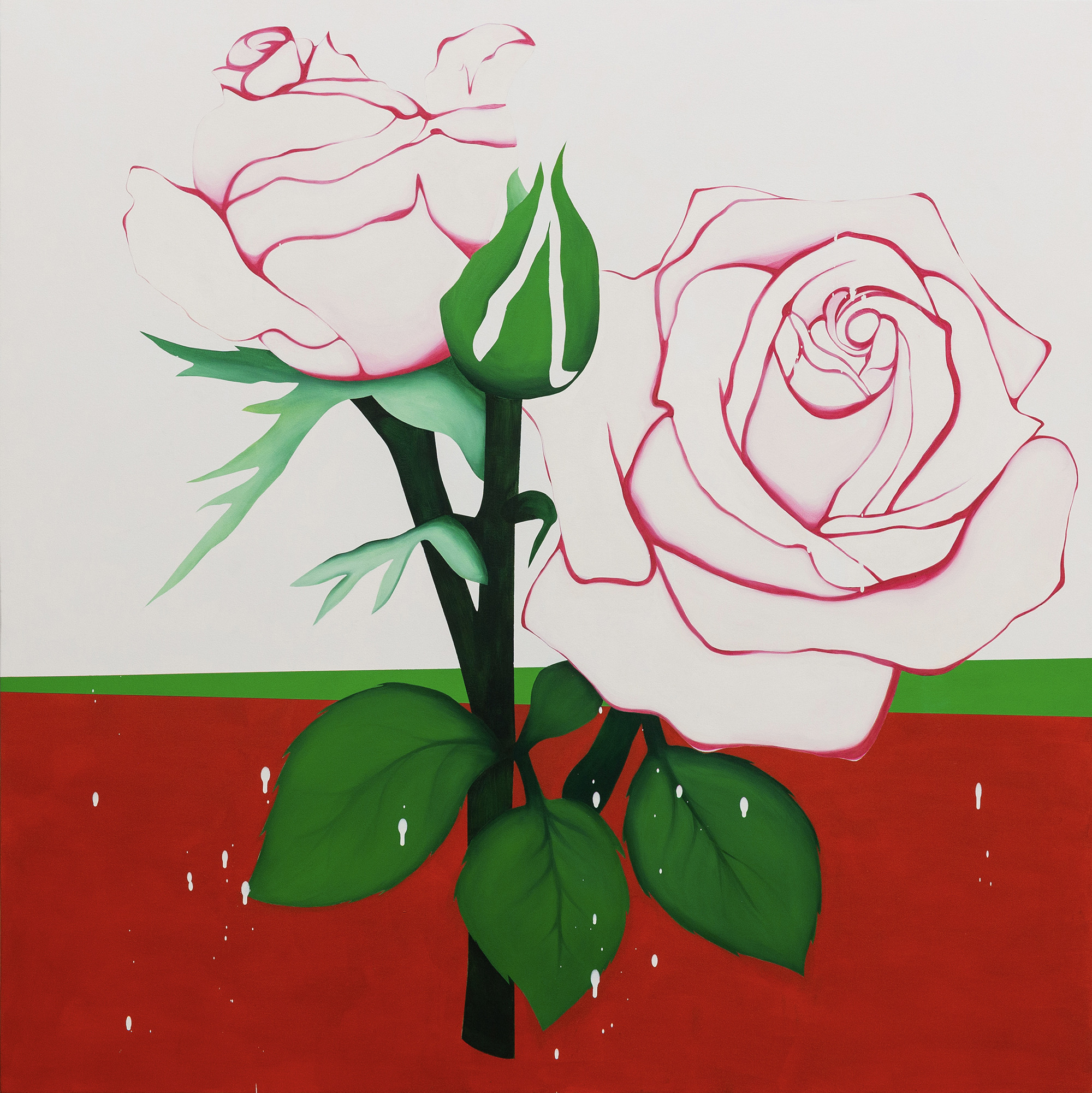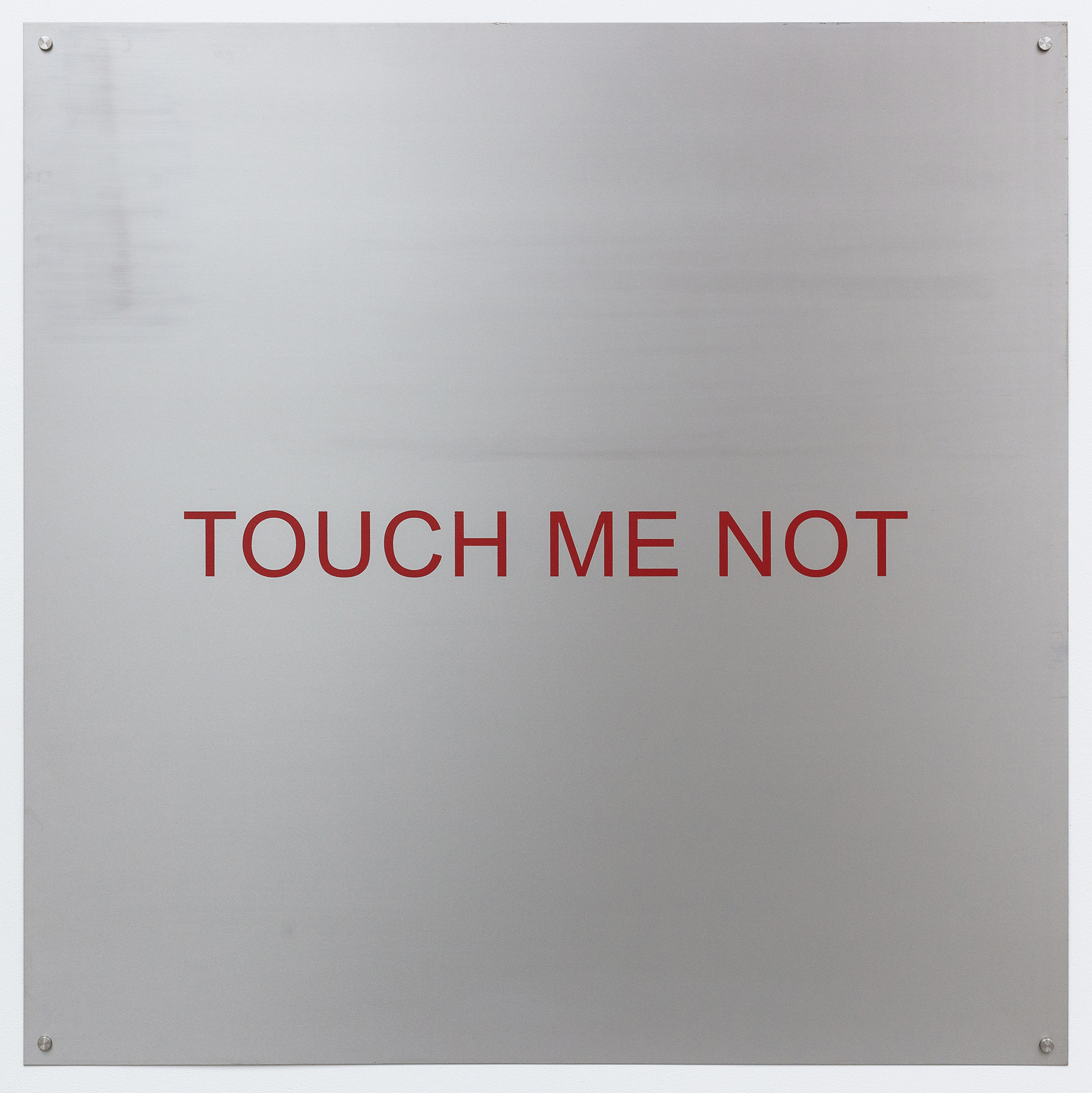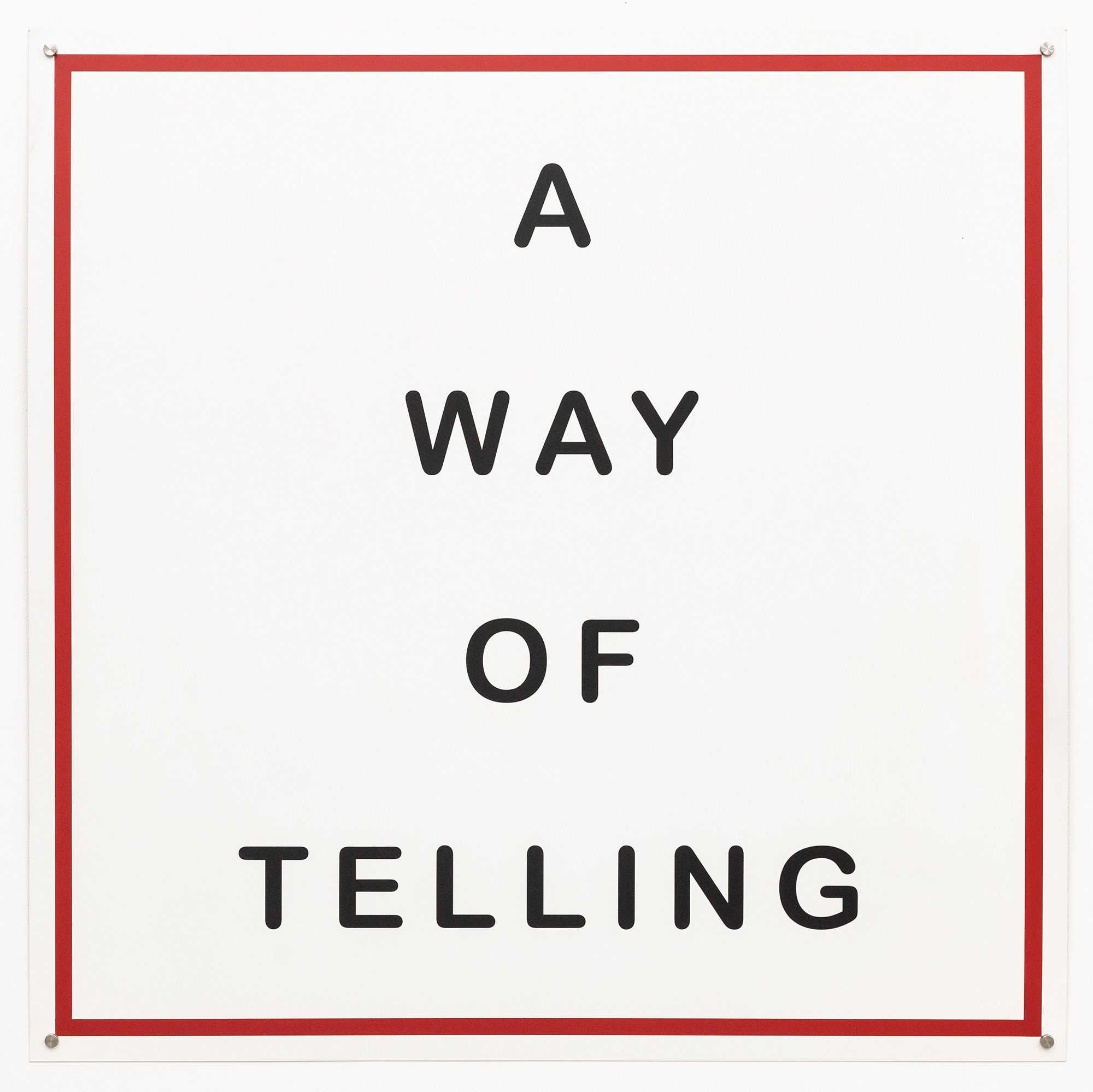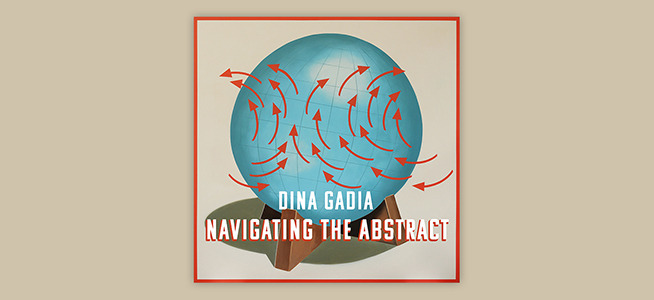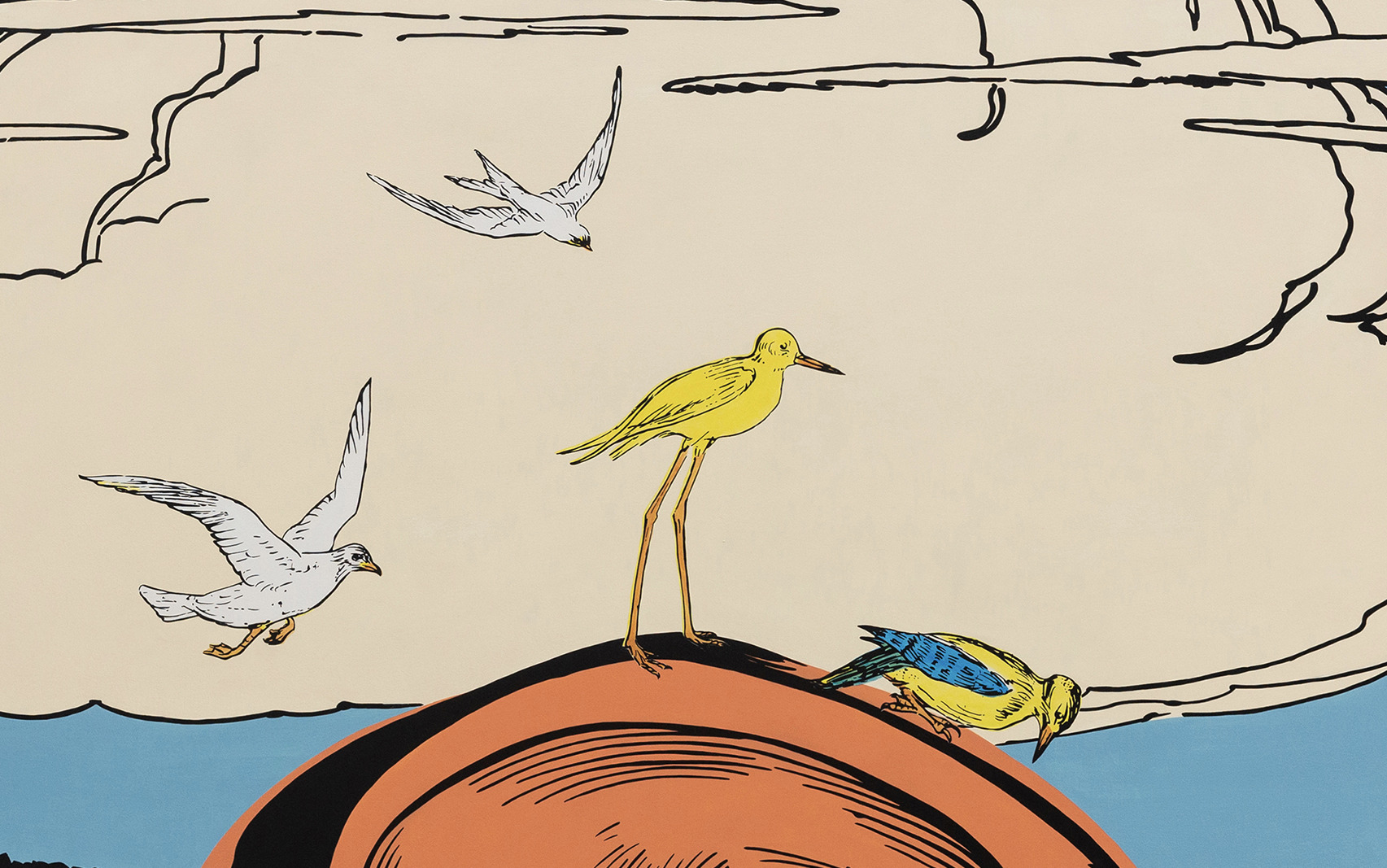
Navigating the Abstract
Dina Gadia
Silverlens, Manila
Installation Views
About
SILVERLENS proudly presents a solo exhibit by Dina Gadia entitled Navigating the Abstract, featuring a series of Pop-inflected paintings and conceptual texts that explore the ambiguity of representation through image and language, and where, applying her signature style of appropriation along with a sharp sense of wit, unlocks the unconscious complex of drives and desires that pervade the social imaginary.
The familiar is not a stranger to Dina Gadia’s work. We take pleasure and comfort in the elegant lines that form her images, the bright and pure colors filling in the variety of shapes, or the clean design allowing for the clarity of thought, leading towards a possibility of lucid dreaming. The images populating Gadia’s work are born from popular media, from common pulp magazines to graphic novels, where the vintage style of illustration provides her a masterful visual language that certifies the work to be an immediate classic. Reading the works over an innocuous pop sensibility, however, would make it easy to gloss over the tension and challenge hidden behind Gadia’s wit. We nevertheless enjoy the clever juxtapositions where the unusual sets up many ironic comic situations, where the disparity between reality and the fantastic is stretched towards awkward instances gliding seamlessly to slapstick tendencies.
Slipping into the psychological implication behind Gadia’s ironic cues reveal a critical awareness of the work’s sociological content. We might think therefore, in a painting where a severed gigantic ear lies prone on the ground with hovering birds feeding on leftovers like parasites that it might ponder on the nature of listening.[i] Another picture entitled Beginning, Middle, End, a pallid rose stands preening in the middle ground with enflamed petal curves, which normally is stock image for romantic expression on the verge of kitsch, but here is sunless lit while quite pitched for the cutting off of its own being.[ii] In Gadia’s hands, the collage technique is not merely an adventure in formal creativity, but also becomes a tool for exploring the body, and it's many manifestations, for the construction of gender and identity in the realm of the imaginary, if not, to reveal its own vulnerability.
Apparent anxieties and complexes notwithstanding, Gadia’s imaginative juxtapositions jolt with deadpan non sequiturs to surreal ends. This sets up another feature of the exhibit, which is the use of instructional signage designed by the artist: A Way of Telling, Touch Me Not[iii], Do Not Go Beyond this Point; applying language as a site of floating signifiers and undecidable meaning. Hence, the textual messages on the signs appear open ended and free, untethered from exact external signification. They instead represent a fluctuating state of conditions, mirroring an endless chain of associations internal to itself, intertextual of meaning, an abstraction by other means.
The notion underlying nothing outside of the text is characterized by yet another painting in the show titled Container, featuring a finely rendered globe similar to tabletop models that we spin around toward destinations unknown, shows one without land to travel and is overwhelmed by surrounding arrows that point actually outside to nowhere – a common anxiety suffered understandably today in isolation. The pictures in effect complement the words in their deconstruction of the familiar that defines an indeterminate state.
To form unique experiences from tautological signs is supreme inspiration, and the foundation of a community of advocates, when austere conditions alone call for a shared connection. Art’s capacity to present diverse narratives about the world around us through the gaps of conventional understanding forces the awakening of reason to the possibility of better conditions and continued survival. In Dina Gadia’s chance pairing of images and texts, the artist commendably points to current social anxieties that affect the imaginary, while navigating the abstract, uncertain moment.
[i] An ear to the ground may refer to the continuous surveillance and on being informed about pertinent things social, political, and personal. Gadia’s title for this painting, Throbbing-Pulsing-Pounding-Drumming-Hum! resonates with awareness despite a disembodied state. It brings to mind Adorno’s abnegation on the value of listening to popular media, which causes the disintegration of identity to standardization, abstracting the self by feeding on the rhythm of the beat to obey.
[ii] Beauty’s indifferent power is a fragile state that breeds castration fantasies of incompleteness and perceived privileges of the other. Within unequal conditions then, who is in control, and is beauty still necessary when there is no action? Can a feminist symbolism lead to a kind of restoration as to the bridging of differences? This work even so relates indirectly to Gadia’s instructional signage of Touch Me Not, which conceivably suggests a type of giving but not receiving condition of control.
[iii] According to Gadia, the title of Touch Me Not however instinctively came from Rizal’s novel, which in a veiled reference to colonialism, talks about an insufferable cancer for those afflicted who can’t even tolerate to be touched – a social cancer that similarly plagues his country.
Words by Arvin Flores.
Dina Gadia (b.1986, Pangasinan, Philippines; lives and works in Manila, Philippines) is an artist recognised for her visually arresting and playfully representational style. In most of Gadia’s works, ambiguous text and other quotidian expressions are combined with appropriated images from pulp magazines. Her selected visuals evoke large localised contexts and people, reflecting relevant issues, such as postcolonial attitudes, disparate economic realities, and female inequity. Despite being known for jarring juxtapositions, Gadia imbues her paintings with a sense of humour, often portraying deadpan narrations through ironic visual puns. The artist thereby eliminates traces of sentimentality or self-righteous judgment in her creations. Gadia’s recent mediums include collages, acrylic paintings, and flags embroidered on satin
Gadia received a Bachelor’s Degree of Fine Arts in Advertising and Design from Far Eastern University. The artist’s body of work has been the subject of numerous publications, having exhibited extensively since 2005. She has led solo exhibitions both locally and internationally in New York, Miami, Taipei, Singapore, and Tokyo. She was a member of the Bastards of Misrepresentation, a group of ambitious, avant-garde individuals gathered by the acclaimed contemporary artist, Manuel Ocampo; Gadia exhibited with the group in New York back in 2012, in a survey show that demonstrated Manila’s dynamic art scene. She was a finalist for the Ateneo Art Awards, a respected award for emerging artists, in 2012 and 2018. In 2018, she was awarded the prestigious national Thirteen Artists Awards by the Cultural Center of the Philippines. In 2019, Gadia participated in City Prince/sses at the Palais de Tokyo in Paris.
Arvin Flores has an MFA graduate degree from The School of the Arts, Columbia University, New York NY, and a BFA from the College of Creative Studies, University of California at Santa Barbara. He has shown at The University of Massachusetts Amherst's Hampden Gallery, Columbia University's LeRoy Neiman and Wallach Art Galleries, Aljira Contemporary Art Center NJ, and Southern Exposure Gallery CA. He has also exhibited at Artery Art Space, Mono8 Gallery, and at West Gallery.
Works
